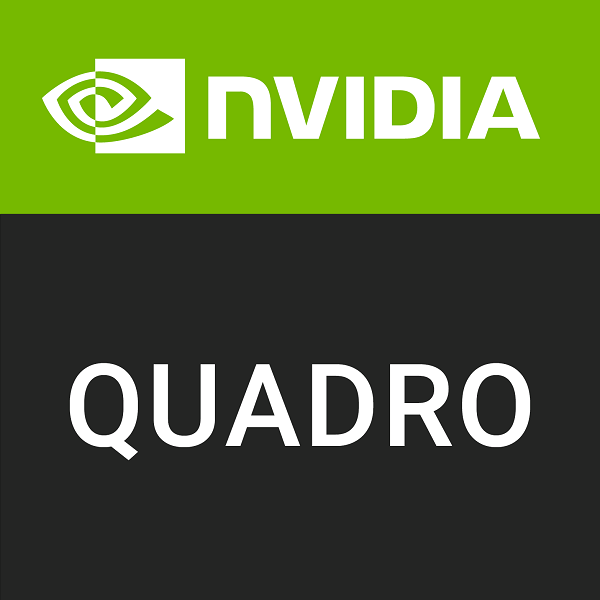NVIDIA RTX A4500 Embedded vs Intel Arctic Sound-M
Abbiamo confrontato due GPU Mercato professionale: 16GB VRAM RTX A4500 Embedded e 16GB VRAM Arctic Sound M per vedere quale GPU ha migliori prestazioni nelle specifiche chiave, nei test benchmark, nel consumo energetico, ecc.
Principali differenze
NVIDIA RTX A4500 Embedded Vantaggi
Boost Clock1215MHz
Potenza termica inferiore (80W vs 500W)
Intel Arctic Sound-M Vantaggi
Banda VRAM più elevata (1229GB/s vs 384.0GB/s)
2304 core di rendering aggiuntivi
Punteggio
Benchmark
FP32 (virgola mobile)
RTX A4500 Embedded
14.31 TFLOPS
Arctic Sound M
+3%
14.75 TFLOPS
Scheda grafica
mar 2022
Data di rilascio
gen 2022
Quadro Ampere-M
Generazione
Data Center GPU
Professional
Tipo
Professional
PCIe 4.0 x16
Interfaccia bus
PCIe 4.0 x16
Velocità di clock
510 MHz
Clock base
-
1215 MHz
Boost Clock
-
1500 MHz
Clock memoria
1200 MHz
Memoria
16GB
Dimensione memoria
16GB
GDDR6
Tipo di memoria
HBM2e
256bit
Bus memoria
4096bit
384.0GB/s
Larghezza di banda
1229GB/s
Configurazione del rendering
-
-
-
46
Conteggio SM
-
5888
Unità di ombreggiatura
8192
184
TMUs
256
96
ROPs
128
184
Core Tensor
-
46
Core RT
-
128 KB (per SM)
Cache L1
-
4 MB
Cache L2
8 MB
-
-
-
Prestazioni teoriche
116.6 GPixel/s
Tasso di pixel
115.2 GPixel/s
223.6 GTexel/s
Tasso di texture
230.4 GTexel/s
14.31 TFLOPS
FP16 (metà)
29.49 TFLOPS
14.31 TFLOPS
FP32 (float)
14.75 TFLOPS
223.6 GFLOPS
FP64 (doppio)
3.686 TFLOPS
Design della scheda
80W
TDP
500W
-
PSU suggerito
900 W
Portable Device Dependent
Uscite
No outputs
None
Connettori di alimentazione
8-pin EPS
Processore grafico
GA104
Nome GPU
Arctic Sound
-
-
-
Ampere
Architettura
Generation 12.5
Samsung
Fonderia
Intel
8 nm
Dimensione del processo
10 nm
17.4 miliardo
Transistor
8 miliardo
392 mm²
Dimensione del dado
190 mm²
Funzionalità grafiche
12 Ultimate (12_2)
DirectX
12 (12_1)
4.6
OpenGL
4.6
3.0
OpenCL
3.0
1.3
Vulkan
N/A
8.6
CUDA
-
6.7
Modello Shader
6.6



